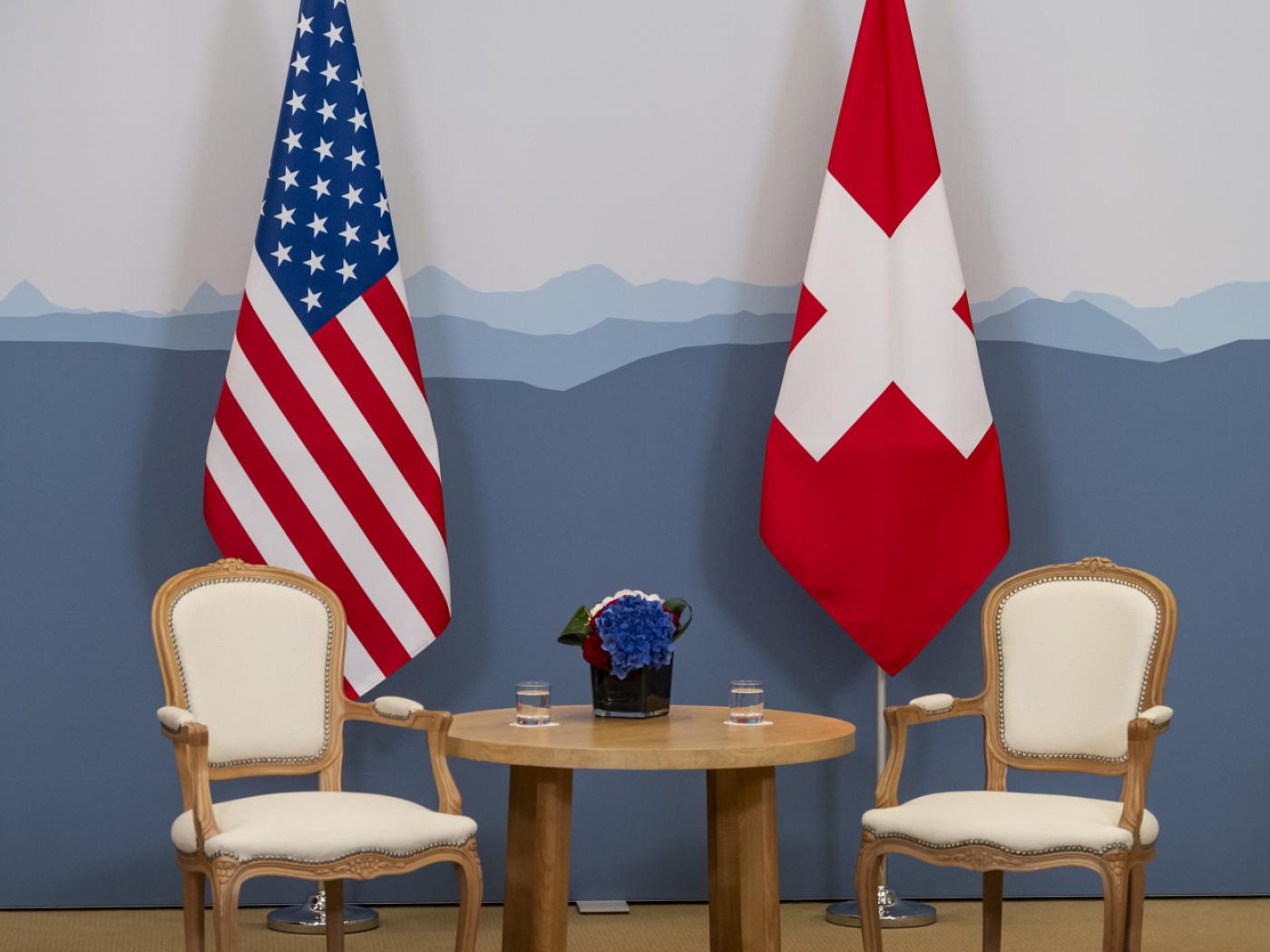A History of Money and Banking in the United States:
The Colonial Era to World War II
by Murray N. Rothbard
Edited with an Introduction by Joseph T. Salerno
(Auburn, Alabama: Ludwig von Mises Institute, 2002; 510 pages)
A History of Money and Banking in the United States comprises a collection of essays written by Murray N. Rothbard and compiled and edited by Joseph T. Salerno. It is the most comprehensive and enlightening treatise on the history of money and banking (not only in the United States, but also, to a large extent, in the rest of the world) written to date. In short, this work constitutes the most illuminating historical interpretation, from the perspective of the Austrian school, of the evolution of money and banking over nearly the last 250 years. Therefore, all scholars who wish to understand and follow the evolution of monetary and banking events around the world in a coherent way must read and familiarize themselves with this book. In fact, it far surpasses the one Friedman and Schwartz wrote on the same topic. Today, their book is unfortunately the best known and is even widely viewed as the quintessential history of the evolution of money in the United States.
The great comparative advantage of Rothbard’s book with respect to Friedman and Schwartz’s lies in the very superior theoretical framework (centered on the Austrian theory of money, capital, and cycles) of the former as opposed to the crude macroeconomic monetarism of the latter (a perspective its authors adopted from Fisher and Mitchell). Any serious economist who has the opportunity to study and compare the two books will almost inevitably conclude that Rothbard alone, with his in-depth theoretical training and his remarkable gifts as a historian, is able to shed light on the world around us and how it has evolved into what it is today. Only Benjamin Anderson’s book Economics and the Public Welfare is comparable to the work of Rothbard’s we are reviewing, though the period Anderson writes about is much shorter and actually covers only the events between the two world wars of the past century.
In contrast, Rothbard’s book begins tracing the evolution of money and banking from the colonial period and the time of the American Declaration of Independence. This approach is crucial to understanding not only why silver coins issued by Spain (“Spanish dollars”) were so important in the United States for many years during that period, but also and above all, the different attempts of the Hamiltonian statists to create a national bank – attempts which, fortunately, failed until the Federal Reserve was created in 1913.
As Rothbard very clearly explains, much of the nineteenth century saw the predominance of the tradition of Presidents Jefferson, Jackson, and Cleveland from the great Democratic Party, which was backed by an ever-increasing group (due to the immigration of Irish Catholics and German Lutherans) and defended the maximum degree of laissez-faire as well as a strong, non-inflationary monetary system rooted in gold. Rothbard also writes that, from 1896 onward, this libertarian, pro-gold tradition of the Democratic Party was abandoned, mainly owing to the negative influence of the Republican Party and a new ideology based on the “compulsory cartelization through a partnership of big government, business, unions, technocrats, and intellectuals” (p. 179), an ideology that has not ceased to grow, expand, and become stronger up to the present day.
I find another of the great virtues of this book particularly significant. In chapter 8 of my own book Money, Bank Credit, and Economic Cycles, I show in theoretical terms that the central bank inevitably follows from the exercise of fractional-reserve banking. This is because private bankers themselves are always the main stakeholders and driving force behind the creation of a central bank, which, as lender of last resort, not only orchestrates the system’s simultaneous credit expansion, but also and most importantly, is able to save private banks whenever they have liquidity problems and are in a crisis, as experience and the Austrian theory of the cycle demonstrate and illustrate must occur again and again on a regular basis. Well, Rothbard’s fascinating history of the creation of the central bank explains in a detailed and extremely well-documented way that it was the main private bankers, led by Morgan and Rockefeller, who pushed for and secured, in spite of everything, the creation in 1913 of the American central bank, and thus, Rothbard’s book confirms and fully supports what I demonstrate theoretically in my own. Rothbard also explains that the Federal Reserve’s supposed decentralization, as a distinguishing feature with respect to other central banks, is more cosmetic than anything else and arose from a political obligation to maintain at least the appearance of the system of layered, pyramidal expansion from New York banks to the thousands of local banks that had always characterized the American financial system. (Rothbard graphically illustrates this pyramidal system on page 138 of his book).
Moreover, in sharp contrast to Friedman and most of his monetarist and Keynesian followers, who view deflation as incompatible with economic growth, Rothbard offers a very convincing explanation of the deflationary period that ran from the end of the Civil War to World War I. This period was characterized by an increase in productivity and prosperity such as had never been seen before in the United States, and since this increase exceeded the rise in the money supply, it led to secular deflation of over one percent a year, with nominal interest rates of 3.5 percent and an extraordinary accumulation of capital. In short, the best economic scenario conceivable.
Finally, I would like to comment on Rothbard’s absolutely brilliant analysis of the impact the Great Depression of 1929 and World War II exerted on the American banking and monetary world. To begin with, contrary to Friedman’s harmful, erroneous interpretation that the Great Depression was due to the Federal Reserve’s not injecting enough money, Rothbard shows that the Fed actually carried out policies of very intense quantitative easing (for instance, buying over half of the government debt issued to finance the huge public deficit, p. 294). Furthermore, Rothbard explains that this enormous monetary injection was counterproductive and self-defeating, since it served only to drive up the demand for money even further, in an environment in which uncertainty was growing because regulations and protectionism were proliferating left and right.
Also excellent is Rothbard’s account of the frenzy of regulation and interventionism that were inflicted on the country under the pretext of the Great Depression and would culminate in institutions as harmful as the Securities and Exchange Commission (SEC), mandatory accounting standards, and the banking laws of 1933 and 1935. Equally brilliant is his historical analysis of the complicity which existed between the Bank of England (Montagu Norman) and the Federal Reserve (Benjamin Strong) and which led the United States to pursue an extremely intense inflationary policy during the years following England’s post-war return to the gold standard, after it committed the very grave error of restoring the pound’s pre-World War I parity with gold. We read, in short, that a pseudo-gold standard (gold-exchange standard) based on the pound was established, and all sorts of obstacles were put up to keep the central banks of other countries from redeeming their pounds in gold. This lasted until the Bank of France, on the advice of Charles Rist and by redeeming paper pounds in gold, forced England to abandon this pseudo-gold standard, and England failed to honor all of its commitments. The story later repeated itself, mutatis mutandis, when, following the Bretton Woods agreements, the dollar replaced the pound and dollar reserves were theoretically exchangeable for Fort Knox gold at the rate of thirty-five dollars an ounce. This situation lasted until, in 1971, Nixon was obliged, as England had been nearly forty years earlier, to abandon this commitment (especially when France – in this case under Charles de Gaulle, who was advised by Jacques Rueff – did the same as before and exchanged the huge mass of eurodollars issued to finance the Vietnam War and the American welfare state for gold at the rate of thirty-five dollars an ounce).
The situation has not changed since then, and it was rather prophetic of Rothbard, back in 1976, to have visualized the creation of the euro as a strong foreign-exchange currency which, in the tradition of the German mark, could become a model of monetary stability capable of threatening the monetary leadership of the United States dollar. (Nevertheless, unfortunately, today we see that the European Central Bank has not yet risen to the occasion and instead has sunk into inflationary subservience toward the Federal Reserve and, in so doing, has betrayed all of its founding principles). In fact, in the last paragraph of Rothbard’s book, we read the following (p. 490): “Perhaps the most likely prognosis is the formation of a new hard-money European currency bloc, which might eventually be strong enough to challenge the dollar, politically as well as economically. In that case, the dollar standard will probably fall apart, and we may see a return to the currency blocs of the 1930s, with the European bloc this time on a harder and quasi-gold basis. It is at least possible that the future will see gold and the hard European currencies at last dethrone the triumphant but increasingly uneasy dollar.”
In short, this is an absolutely remarkable book which exposes the inflationism of authors like Fisher and even Friedman himself and is full of details and delicious tidbits (despite the occasional bit of name-dropping and overlap between the different articles), such as when Rothbard tells us that the monetary theorist Lauchlin Currie turned out to be a Russian spy and had to die in exile in Colombia. In my opinion, the book contains very few errors. (Perhaps the most significant would be that Rothbard judges the Glass-Steagall Act of 1933 too harshly, without recognizing it as a step – though a very timid one – toward a 100-percent reserve ratio, since the act required at least that commercial banking be separated from industrial banking and, for instance, led Morgan to found Morgan Stanley as an investment bank separate from his main bank.)
Full story here Are you the author? Previous post See more for Next postTags: Featured,newsletter


































